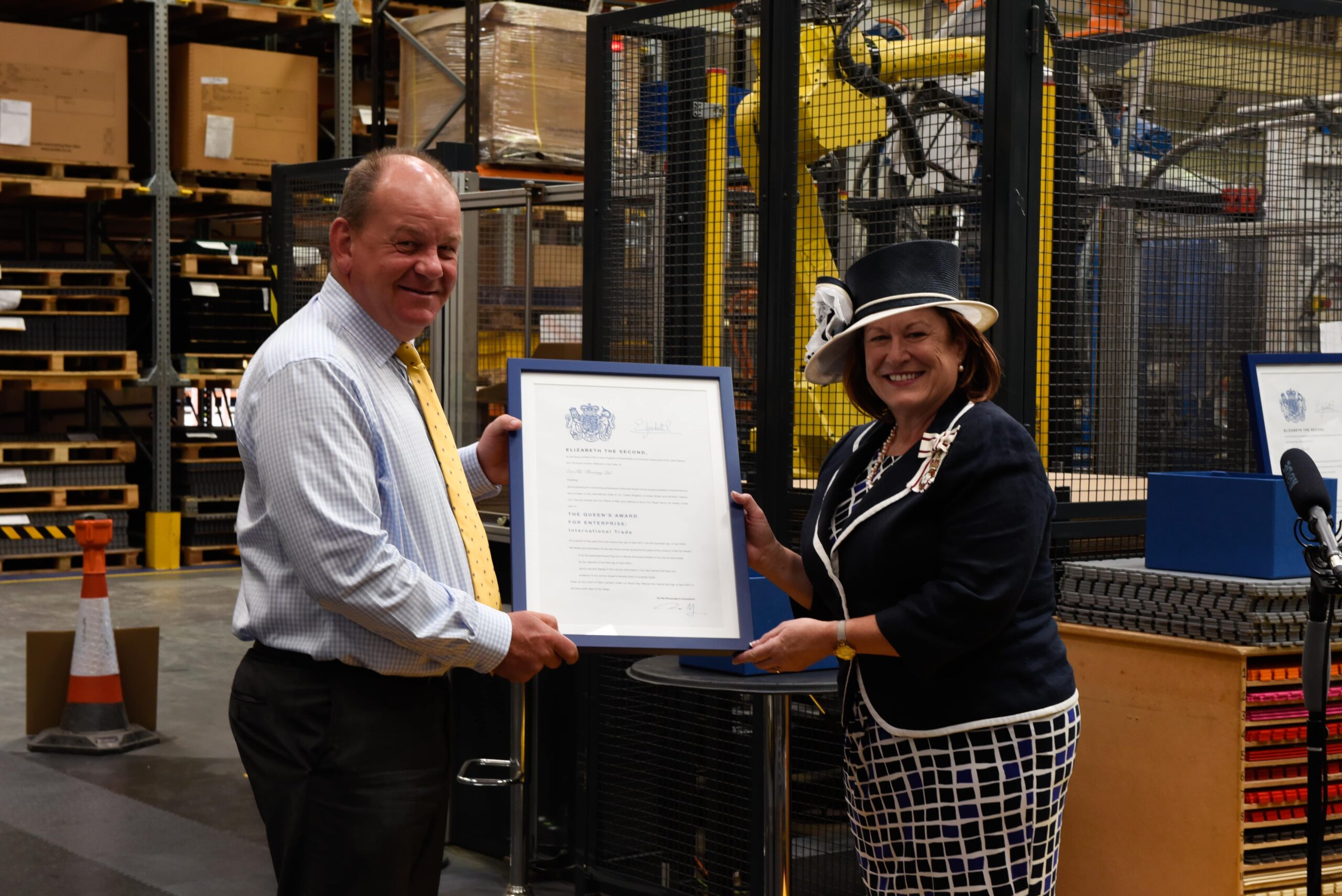
Excessive dust in the workplace can be highly dangerous on a number of levels, and for many companies, contamination of their product by dust can be extremely serious. In some industries such as pharmaceuticals, defence or telecommunications it may be necessary to carry out part of the manufacturing process in a cleanroom environment to completely eradicate any chance of dust causing their products to fail. An entire industry has grown up around this requirement with different levels of cleanroom standards established depending on the activity to be carried out in them.
However, the most common problem associated with dust in the workplace arises from dust-related illnesses which have been found to be one of the major killers in the UK when it comes to occupational health.
Recognising and evaluating the problem
If any dusty process is being carried out, an assessment should be made to establish if people are at risk from dust exposure. This requires looking systematically at the workplace to identify a problem and evaluate what could be done to prevent risk. Employers must do all they can to eliminate or, at least, disperse the dust which can give rise to health problems through inhalation, or contact with the skin or eyes. Control of such dust is now required under the Control of Substances Hazardous to Health Regulations 1999
Industries at risk
There are many industries that need to be particularly vigilant, including, but not exclusively,
- Mines and quarries – dust from coal, flint and silica
- Construction sites – dust from cement and asbestos
- Farming and Agriculture – dust from grain
- Carpentry and Joinery – dust from wood
- Bakeries and mills – dust from flour
- Textiles – dust from materials like leather
Identification
It is important to identify substances and processes which give rise to harmful dusts in advance so that they can be designed out or an alternative substance specified, or so that precautions can be taken to mitigate their effects. This is the approach taken by the COSHH regulations which require assessments be made of all hazardous substances.
Suppliers of all substances are required to provide details of their characteristics so that harmful ones can be identified in advance and perhaps replaced by a less harmful one.
Similarly processes which give rise to harmful dusts can be designed out or less harmful methods used or precautions be taken to lessen the effects.
Categories of dust
To take construction as an example, dusts can be generated in many ways and fall into five categories dependent upon their biological action;
- Inert dusts – they accumulate in the body but produce no reaction: however should they enter the lung they can impair lung clearance by obstructing the lymph flow.
- Toxic Dusts – these are usually metal compounds such as chromates or Lead compounds which may have chronic or acute effects on various organs of the body.
- Fibrogenic Dusts – these affect the lungs and cause conditions such as pneumoconiosis and are the most dangerous forms of dust.
- Allergenic Dusts – these may cause asthma or eczema and the effects may vary from person to person. It is possible for a person to become sensitised to a particular substance and be affected by it after being exposed to it for many years with no ill effects.
- Abrasive Dust – Any or all of these types can be abrasive and have detrimental effects on the eyes especially to a growing number of people who wear contact lenses.
Control
The basic methods of dust control businesses need to consider are:
- Prevention – Many of our customers have used our interlocking floor tiles to prevent dust from concrete or disintegrating epoxy floors from contaminating their production or warehouse environments. Simply laying Ecotile over the dusty floor immediately solves the problem without disrupting business activities. Ecotile can even be laid over asbestos floor tiles thus removing the requirement for dangerous and expensive specialist work to be carried out.
- Substitution – for example in the UK the use of sand for sand-blasting is prohibited in most cases and some other less toxic material used in its place. The scabbling of concrete generates silica dust and should be avoided where possible. Using Ecotile removes the need for this kind of surface preparation.
- Moisture – wet methods can be used effectively to prevent dust. However, water must be applied before the dust is generated as attempting to control dust already in the air by means of water spraying is ineffective.
- Segregation – it may be possible to segregate operations or processes which generate dust so that its effects are mitigated.
- Ventilation – dust can be collected at source by the provision of efficient exhaust ventilation.
- Extraction – An exhaust ventilation system will remove the dust from a particular site. Where dust has a fundamental presence within a particular occupation, workers need to be provided with the correct protective clothing and with breathing respirators if need be. These are much better than dust masks which have often been proved to be relatively ineffective. Employers should also ensure that workers undergo regular health checks which might pinpoint any early signs of illness.

CEO and founder James Gedye has established Ecotile as the leading provider of interlocking floor tiles to the UK and around the world. Founded in 1996 from his bedroom turned office, James has built Ecotile into a multi-million-pound business, with sustainability still at the heart of his vision.
Based in Luton, Bedfordshire, Ecotile remains a privately owned UK manufacturing company, precision engineering all products in a purpose-built ISO accredited factory.
Leading the company to 2 prestigious Queens Awards in 2017 for Enterprise for Innovation and International Trade, these accolades underline James’ desire to create the highest quality products and fly the flag for British manufacturing. Working directly with leading businesses for over 25 years, James’ Ecotile brand has become synonymous with trust.
Used by 1000s of leading businesses, trusted by the MoD and specified by contractors, Ecotile floor tiles can be found across the world.
Connect or follow James on LinkedIn…

